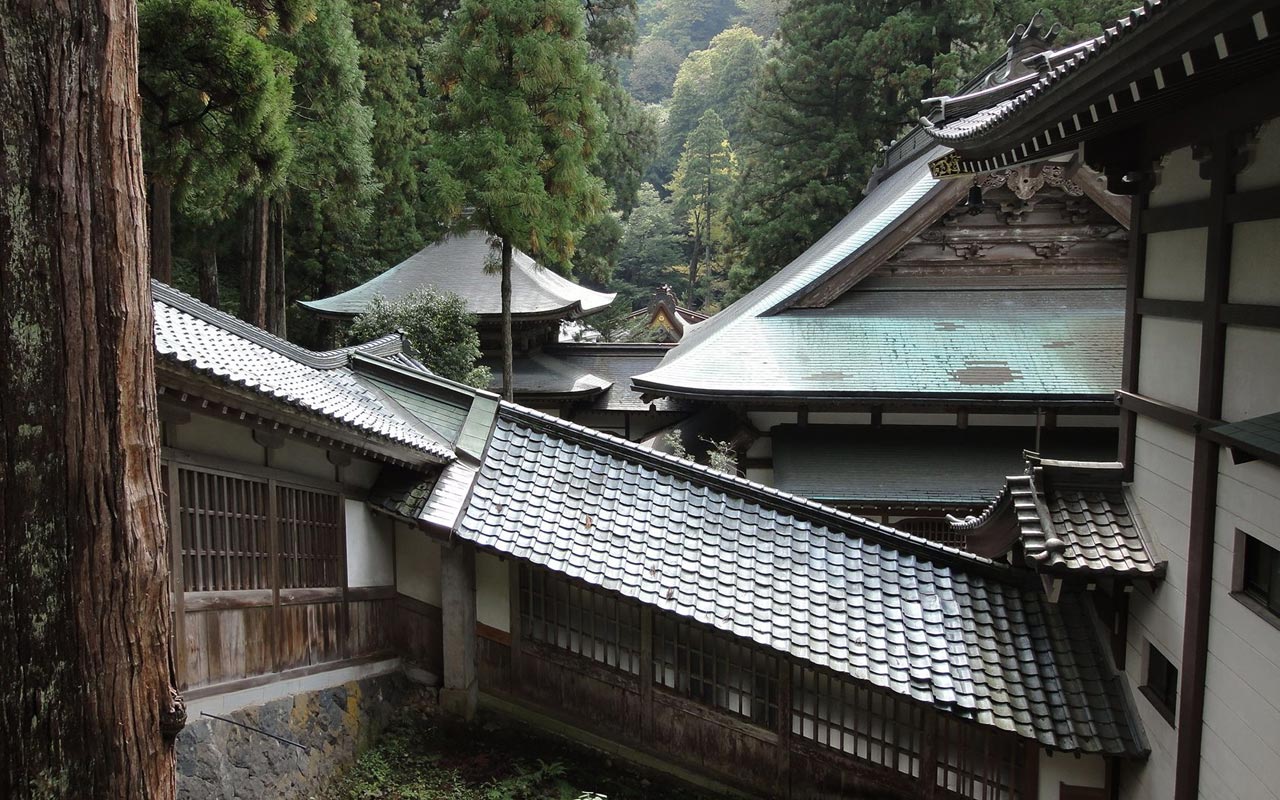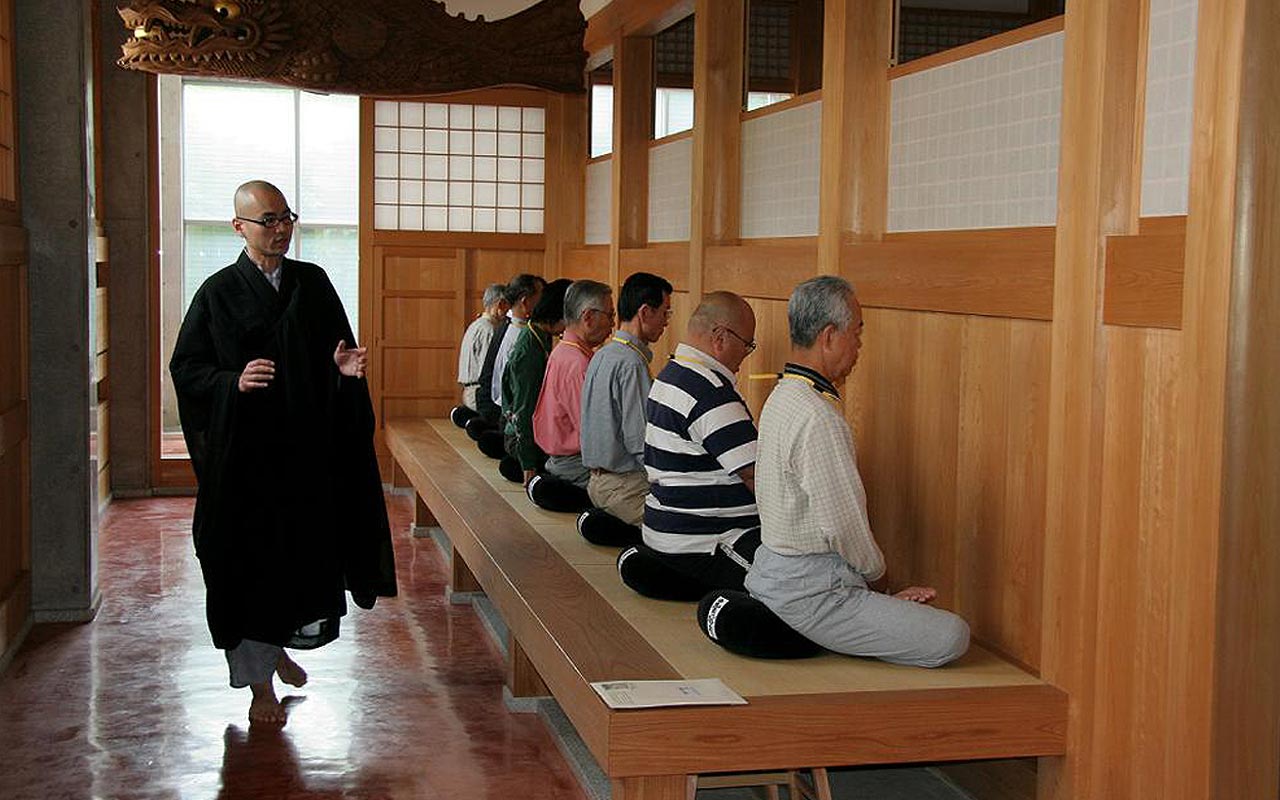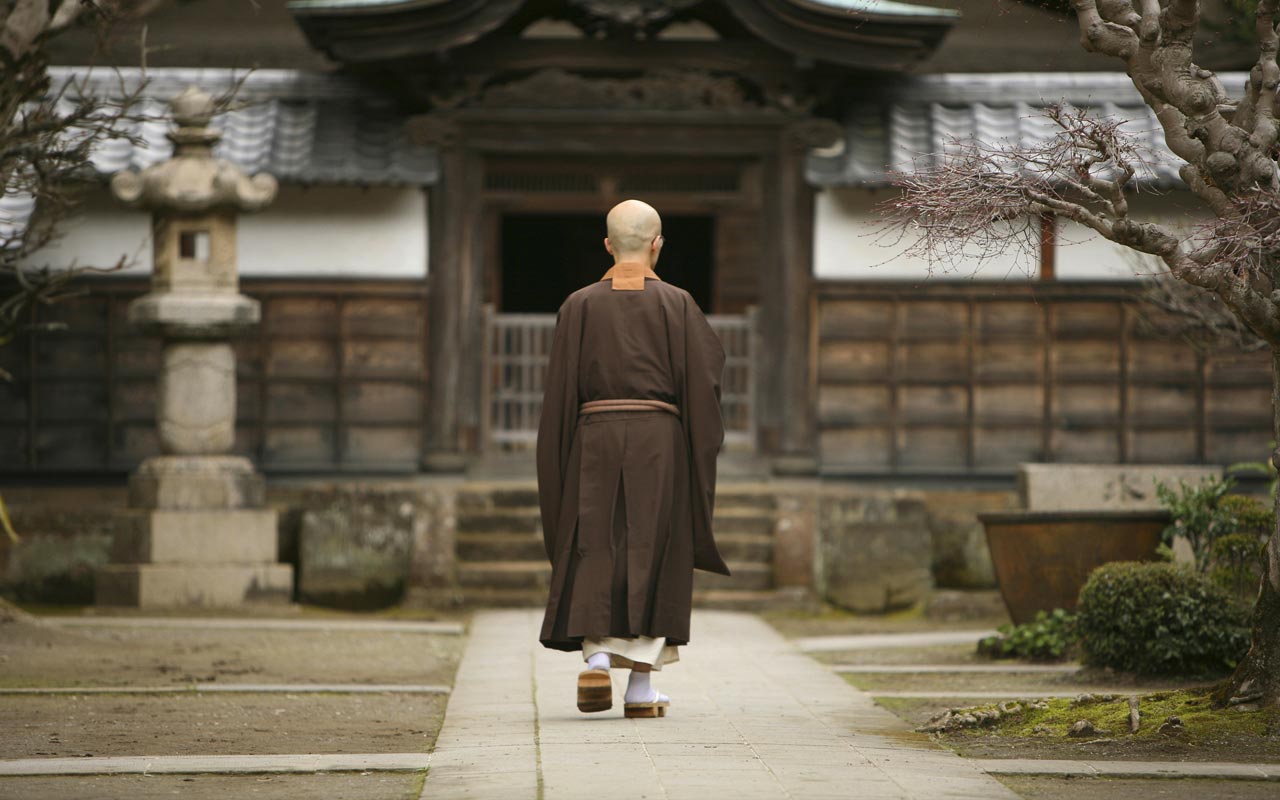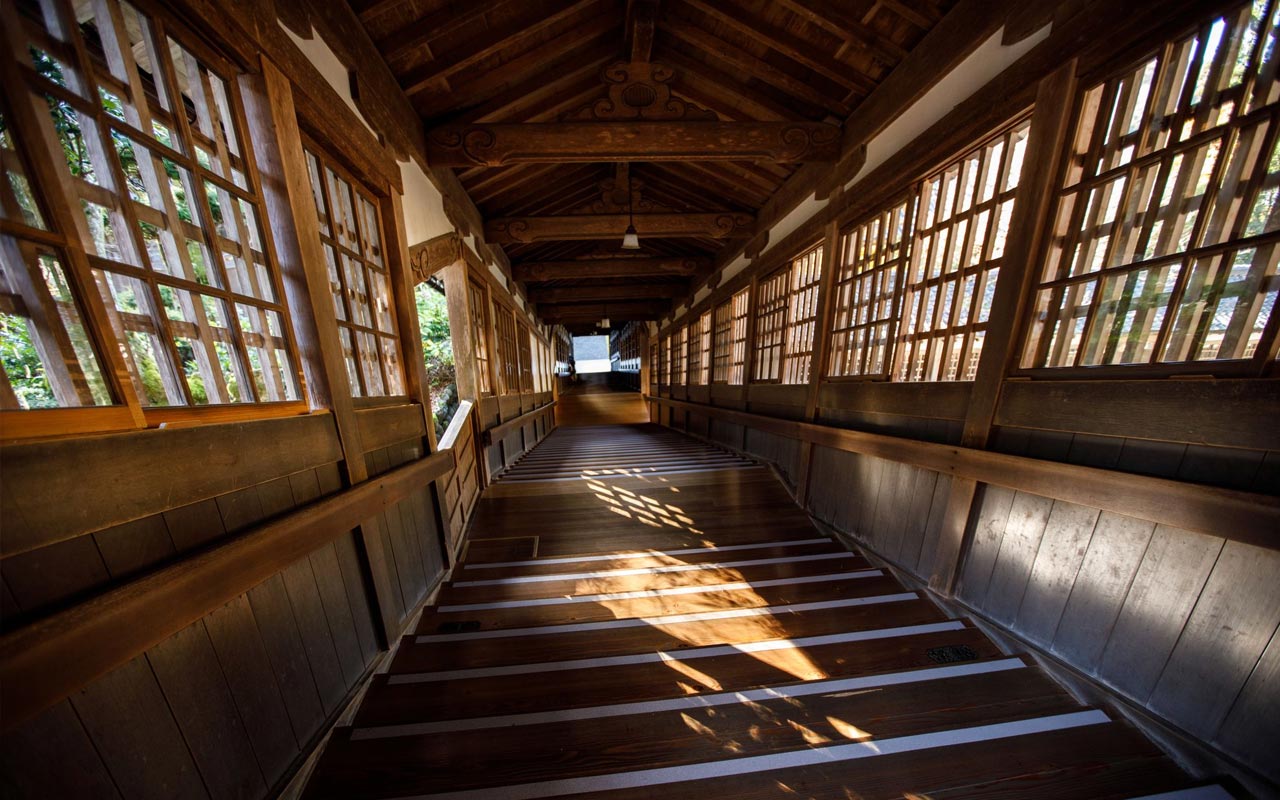There are several symbols associated with Zen Buddhism that can be helpful in inspiring and reminding practitioners of their spiritual goals. These symbols, from the Enso circle to Buddha statues, have a rich history and
Visiting Zen Buddhist temples is a unique and enlightening experience that provides a glimpse into Japan’s rich cultural and spiritual heritage. As you might know, my wife is Japanese, and we go to Japan every
There are numerous Buddhist symbols, and each is unique and carry a different teaching, a different message. Buddhism is a major world religion that originated in ancient India and is based on the teachings of
Eiheiji was build in 1244 and is the main temples of the Soto school of Zen Buddhism. It is located deep in the mountains in Fukui Prefecture, about 16 km from Fukui City. The temple
Soto is the leading school of Zen Buddhism and was initially founded in China as the Caodong lineage of the Chan school of Buddhism. Soto Zen was later imported to Japan in the thirteenth century
The Linji lineage was first transmitted to Japan by Myosan Eisai who initially studied at the Tendai headquarters on Mount Hiei. While the heart of the Soto school is based on the practice of Zazen,
Contrary to what most people in the Western world think, Buddha was neither a God nor a legend, but a real man that lived 2500 years ago in India. The Buddha was born in the Lumbini woods,
A long time ago in India, the Buddha, resolute in solving the problem of human suffering, realized Enlightenment while practicing Zen meditation under a tree. The Buddha realized intuitively that even if we possess everything
Sojiji Temple is the second head temple of the Soto school of Zen Buddhism and is one of the biggest and most famous Buddhist temples in Japan. Originally, Sojiji was a Shingon Buddhist temple and was built









